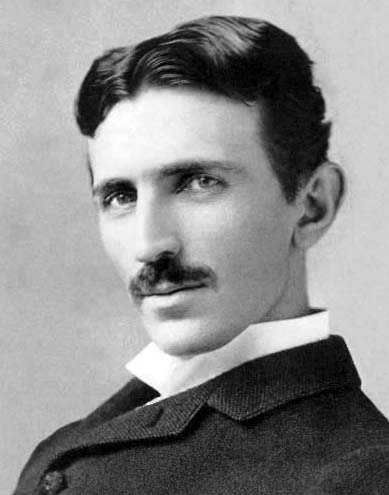Comic books have appeared in popular cultures since the early thirties and, now more than ever, it seems the increase in popularity of both comics and sci-fi literature is incredible. With an ever increasing economic and global market, and indeed, demand for these products, the rise in the types of literature available is phenomenal.
What started out as simple comic strips within daily newspapers has now become a culture in its own right. The term Cyberpunk was first coined back in 1980 by American author Bruce Bethke who deemed the term appropriate of the emergence of punk teenagers fascinated and inspired by perceptions inherent to the new technological age.
Within the world of fictional hero characters there is a much more complex understanding involved with an ever increasing list of sub-cultures forming from the Cyberpunk umbrella term.
Steampunk


Steampunk is perhaps the most popular cyberpunk concept and focuses within the Victorian period. Steampunk mechanical hacker Jake von Slatt defines it as “essentially the intersection of technology and romance.”
For noobs to the term, it can best be described as a Victorian-esque future world in which steam technology still reigns supreme.


Invented in 1987, the term can be used to describe popular novel The Difference Engine, as well as comic book series and subsequent film The League of Extraordinary Gentlemen. Often also named Neo-Victorianism, it is the combination of the Victorian aesthetic with modern understanding and technologies. While the term didn’t come around until the latter part of the 20th century, the overall aesthetic can actually be traced back to the works of Jules Verne and H.G. Wells.
Other standout works of literature from the genre include Tim Powers’ “The Anubis Gates” and “The Difference Engine” by William Gibson and Bruce Sterling.

Teslapunk
 Teslapunk was first inspired by the technological achievements and visions of inventor, Nikola Tesla. It is fiction inspired by 18th, 19th and early 20th century pioneers of electricity and such devices. Warren Ellis’ series Captain Swing And The Electrical Pirates Of Cindery Island is the perfect example of the sub-genre.
Teslapunk was first inspired by the technological achievements and visions of inventor, Nikola Tesla. It is fiction inspired by 18th, 19th and early 20th century pioneers of electricity and such devices. Warren Ellis’ series Captain Swing And The Electrical Pirates Of Cindery Island is the perfect example of the sub-genre.
Centering on Captain Swing, an electrically powered Victorian anarcho-air-pirate, Victorian sensibility is emphasized, not with the typical coal and steam, but with electrical energy.

Teslapunk coil pistol
Dieselpunk

Dieselpunk concentrates on the period between World War I and World War II. This genre, often also named Decopunk, is the combination of the art and genre influences which came into emergence during that period; such as art deco, film noir, jazz and more streamlined technologies.

Given its names in 2001, Decopunk is essentially a glossier version of Dieselpunk, and is a distinct style of visual art, music, film and engineering. The most well known example is the 2004 film Sky Captain and the World of Tomorrow.
Futuristic derivatives focus towards fiction conceived in visions of the future and include Biopunk and Nanopunk.
Biopunk


Biopunk first emerged in the nineties and is based on evolution, mimetics, and futurism and often describes the struggles of the individual. Opposed to Steampunk or Telsapunk, it does not concern itself with information technology, instead it is focused around topics such as biology, DNA, and chromosome manipulation.
Nanopunk

Nanopunk is a much newer genre in comparison to Steampunk and is set within a world where the theoretical promises made by nanotechnology are a reality—both good and bad. With the aspects of the technology still in primary stages, the genre is more concerned with the artistic and physiological impacts. Linda Nagata’s 1995 Tech Heaven examines the healing promises, whereas Michael Crichton’s novel Prey examines more sinister consequences of nanotechnology.
Cyberpunk successfully helps to encompass virtual communities in cyberspace who share and embrace visions of the future; it is both alluring and intriguing. Science fiction author, David Brin (Kiln People, Glory Season) notes how cyberpunk has helped make the sci-fi genre more attractive and profitable for mainstream media. With the genre and its fans ever on the increase, there are already rumblings of the next derivatives emerging: Cornpunk, Puppetpunk, or Zombiepunk as novelist Chuck Wendig suggests. Watch this space!
Image credits: Wikipedia, topgold, Master Magnius, Steampunk Family the von Hedwigs, kitchener.lord, Dominic Elvin
Article by ink and toner suppliers, PrinterInks.com; stockists of printer cartridges from leading brands including Epson, Dell, Brother, Canon and Samsung.


